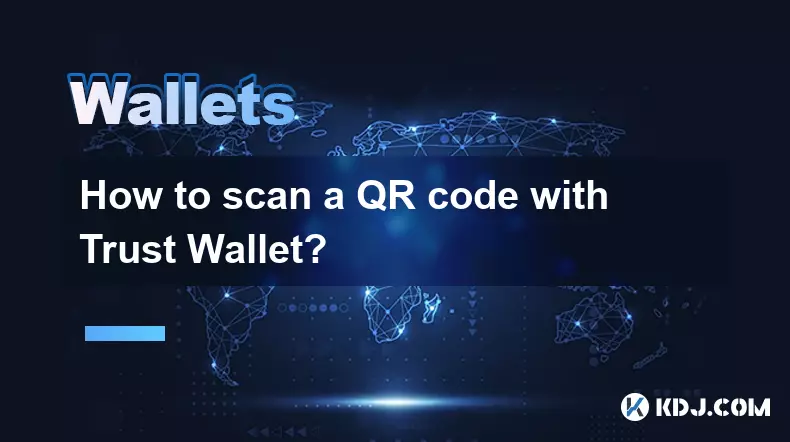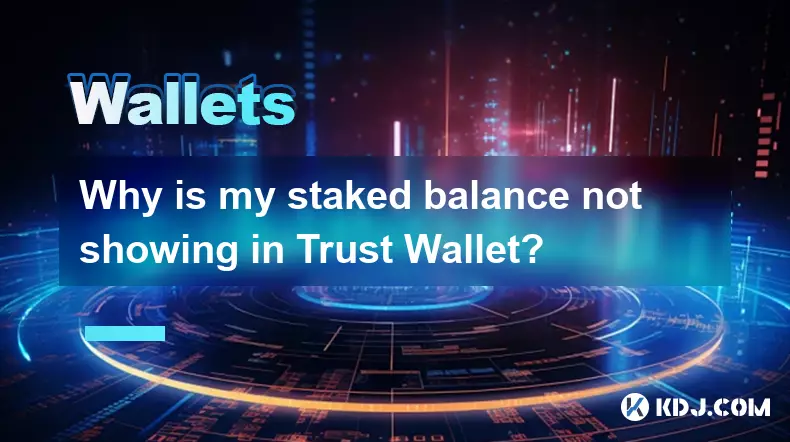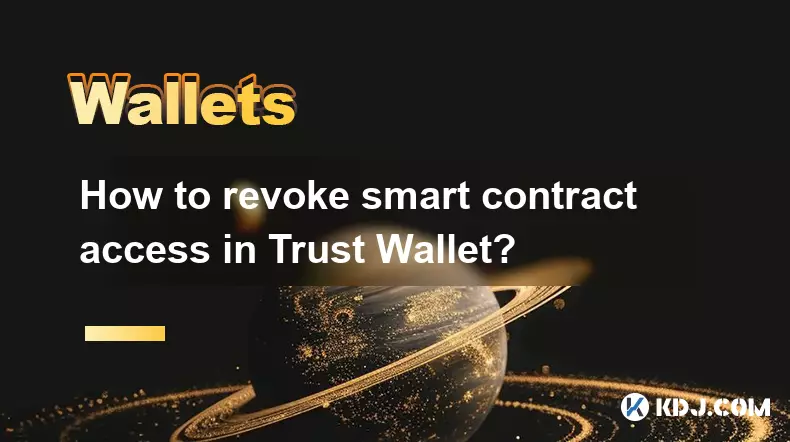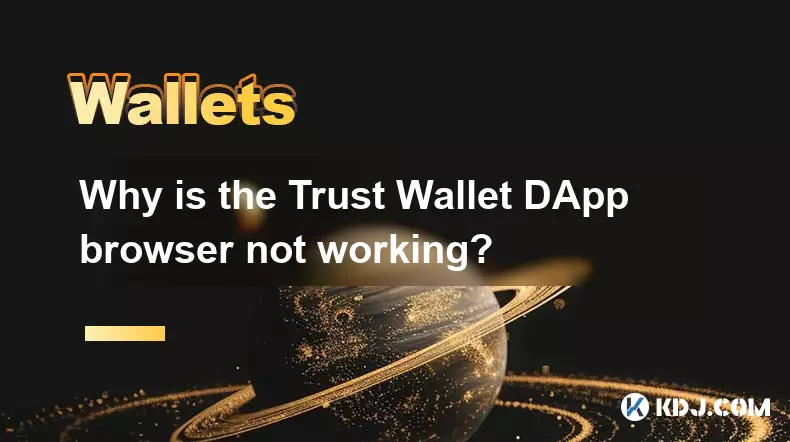-
 bitcoin
bitcoin $118548.520763 USD
3.67% -
 ethereum
ethereum $4352.564943 USD
4.79% -
 xrp
xrp $2.964058 USD
4.22% -
 tether
tether $1.000565 USD
0.05% -
 bnb
bnb $1028.372955 USD
1.46% -
 solana
solana $221.373507 USD
6.00% -
 usd-coin
usd-coin $0.999933 USD
0.02% -
 dogecoin
dogecoin $0.248633 USD
6.85% -
 tron
tron $0.341444 USD
2.38% -
 cardano
cardano $0.852946 USD
5.82% -
 hyperliquid
hyperliquid $47.869306 USD
6.15% -
 chainlink
chainlink $22.561476 USD
6.01% -
 ethena-usde
ethena-usde $1.001258 USD
0.05% -
 avalanche
avalanche $30.660000 USD
2.06% -
 stellar
stellar $0.400917 USD
9.76%
How do I export my MetaMask account's private key?
Exporting your MetaMask private key grants full access to your funds—do so only in secure environments and store it offline to prevent irreversible loss.
Sep 23, 2025 at 02:36 pm

Understanding MetaMask and Private Key Security
1. MetaMask is a widely used cryptocurrency wallet that allows users to interact with the Ethereum blockchain and various decentralized applications (dApps). It functions as a browser extension and mobile application, giving users control over their digital assets. The private key is a critical component of any crypto wallet because it grants full access to the associated blockchain address. Without the private key, recovery of funds may not be possible if the user loses access to their device or forgets their password.
2. Exporting a private key from MetaMask should only be done with extreme caution. This action exposes sensitive information that, if compromised, can lead to irreversible loss of funds. Users must ensure they are operating on a secure, malware-free device and avoid sharing or storing the private key in unencrypted formats such as plain text files or cloud storage.
3. MetaMask does not store private keys on its servers. Instead, they remain encrypted within the user’s local environment. When a user creates a new wallet, MetaMask generates a seed phrase (also known as a recovery phrase), which can regenerate all private keys associated with the account. However, individual private keys can still be accessed for specific addresses under certain conditions.
Step-by-Step Guide to Exporting a Private Key
1. Open the MetaMask extension in your browser and unlock it using your password. Ensure you are logged into the correct account from which you wish to export the private key.
2. Click on the account icon located in the top right corner of the interface. A dropdown menu will appear showing available accounts. Select “Account Details” from this menu.
3. In the Account Details window, look for an option labeled “Export Private Key.” Clicking this will prompt MetaMask to ask for your wallet password again as a security measure.
4. After entering your password correctly, the private key for the selected account will be revealed. This string of characters must be copied carefully and stored securely offline. Never send it via email, messaging apps, or take screenshots.
5. Once the private key is exported, close the window immediately and clear your clipboard if possible. Leaving the key visible increases the risk of unauthorized access, especially on shared or public devices.
Risks Associated with Exposing Your Private Key
1. Exposing your private key to any third party means surrendering complete control over your funds. Anyone with access to the key can sign transactions, transfer tokens, and drain the wallet without needing further authentication.
2. Malware such as keyloggers or clipboard hijackers can intercept private keys during the copying process. Using antivirus software and avoiding suspicious websites reduces this threat surface significantly.
3. Storing private keys on internet-connected devices makes them vulnerable to remote attacks. Hardware wallets or air-gapped systems offer better protection when long-term storage is required.
4. Phishing attempts often mimic legitimate interfaces to trick users into revealing their private keys. Always verify the authenticity of websites and never enter your key into any form outside the official MetaMask interface.
Best Practices for Managing Exported Keys
1. If you must store a private key digitally, use encrypted storage solutions like VeraCrypt or Bitwarden with strong master passwords. Avoid saving it directly on desktops, phones, or USB drives without encryption.
2. Consider writing the private key by hand on paper and keeping it in a secure physical location such as a safe. This method, known as 'cold storage,' minimizes exposure to digital threats.
3. Never reuse private keys across different platforms or services. Each key should correspond to one wallet address only, reducing the blast radius in case of compromise.
4. Regularly monitor the blockchain activity of your wallet address after exporting the key. Unexpected transactions could indicate unauthorized access, prompting immediate fund migration to a new, uncompromised wallet.
Frequently Asked Questions
Can I recover my MetaMask account without the private key?Yes, if you have the 12- or 24-word recovery phrase, you can restore your entire wallet on another device or wallet application. This seed phrase acts as the root from which all private keys are derived.
What happens if someone gets my MetaMask private key?If your private key is exposed, the attacker can immediately transfer all funds from your wallet. There is no built-in mechanism to freeze or reverse these actions on the blockchain. You should move your assets to a new wallet as soon as possible.
Is it safe to export multiple private keys from MetaMask?Exporting multiple keys increases the attack surface. Each additional key represents another potential entry point for theft. Only export keys when absolutely necessary and follow strict security protocols for each one.
Does MetaMask notify me when a private key is exported?No, MetaMask does not send notifications or keep logs of private key exports. The process occurs entirely client-side, meaning the responsibility for monitoring and securing access lies solely with the user.
Disclaimer:info@kdj.com
The information provided is not trading advice. kdj.com does not assume any responsibility for any investments made based on the information provided in this article. Cryptocurrencies are highly volatile and it is highly recommended that you invest with caution after thorough research!
If you believe that the content used on this website infringes your copyright, please contact us immediately (info@kdj.com) and we will delete it promptly.
- BlockDAG, DOGE, HYPE Sponsorship: Crypto Trends Shaping 2025
- 2025-10-01 00:25:13
- Deutsche Börse and Circle: A StableCoin Adoption Powerhouse in Europe
- 2025-10-01 00:25:13
- BlockDAG's Presale Buzz: Is It the Crypto to Watch in October 2025?
- 2025-10-01 00:30:13
- Bitcoin, Crypto, and IQ: When Genius Meets Digital Gold?
- 2025-10-01 00:30:13
- Stablecoins, American Innovation, and Wallet Tokens: The Next Frontier
- 2025-10-01 00:35:12
- NBU, Coins, and Crypto in Ukraine: A New Yorker's Take
- 2025-10-01 00:45:14
Related knowledge

How to get the Trust Wallet browser extension?
Oct 01,2025 at 12:37am
How to Access the Trust Wallet Browser Extension1. Visit the official Trust Wallet website through a secure internet connection. Navigate to the downl...

How to interact with a DApp using Trust Wallet?
Oct 02,2025 at 10:00pm
Connecting Trust Wallet to a DApp1. Open the Trust Wallet app on your mobile device and ensure your wallet is unlocked with access to your assets. Nav...

How to scan a QR code with Trust Wallet?
Oct 02,2025 at 03:37pm
Understanding QR Codes in Trust Wallet1. QR codes are widely used in cryptocurrency applications to simplify transaction processes. Trust Wallet lever...

Why is my staked balance not showing in Trust Wallet?
Oct 01,2025 at 12:54am
Understanding Decentralized Exchanges in the Crypto Ecosystem1. Decentralized exchanges (DEXs) operate without a central authority, allowing users to ...

How to revoke smart contract access in Trust Wallet?
Oct 01,2025 at 12:54pm
Understanding Smart Contract Access in Trust Wallet1. Smart contracts are self-executing agreements built on blockchain networks, commonly used in dec...

Why is the Trust Wallet DApp browser not working?
Oct 01,2025 at 05:36am
Common Causes of Trust Wallet DApp Browser Issues1. The DApp browser within Trust Wallet may fail to load due to connectivity problems. A weak or unst...

How to get the Trust Wallet browser extension?
Oct 01,2025 at 12:37am
How to Access the Trust Wallet Browser Extension1. Visit the official Trust Wallet website through a secure internet connection. Navigate to the downl...

How to interact with a DApp using Trust Wallet?
Oct 02,2025 at 10:00pm
Connecting Trust Wallet to a DApp1. Open the Trust Wallet app on your mobile device and ensure your wallet is unlocked with access to your assets. Nav...

How to scan a QR code with Trust Wallet?
Oct 02,2025 at 03:37pm
Understanding QR Codes in Trust Wallet1. QR codes are widely used in cryptocurrency applications to simplify transaction processes. Trust Wallet lever...

Why is my staked balance not showing in Trust Wallet?
Oct 01,2025 at 12:54am
Understanding Decentralized Exchanges in the Crypto Ecosystem1. Decentralized exchanges (DEXs) operate without a central authority, allowing users to ...

How to revoke smart contract access in Trust Wallet?
Oct 01,2025 at 12:54pm
Understanding Smart Contract Access in Trust Wallet1. Smart contracts are self-executing agreements built on blockchain networks, commonly used in dec...

Why is the Trust Wallet DApp browser not working?
Oct 01,2025 at 05:36am
Common Causes of Trust Wallet DApp Browser Issues1. The DApp browser within Trust Wallet may fail to load due to connectivity problems. A weak or unst...
See all articles










































































